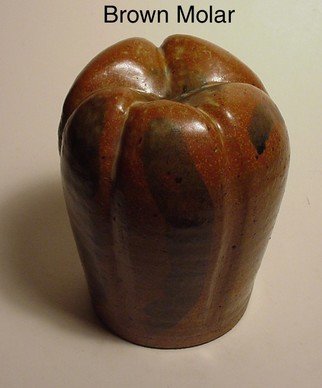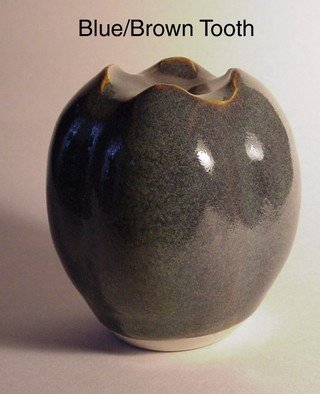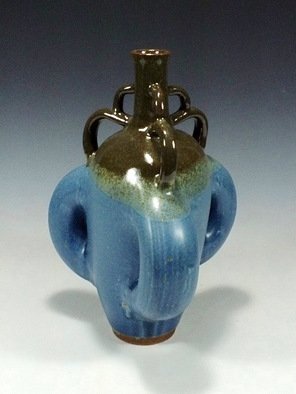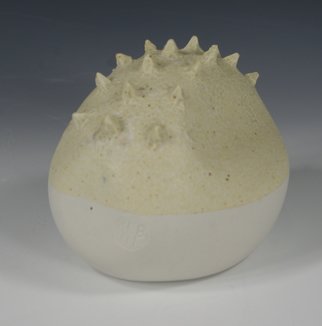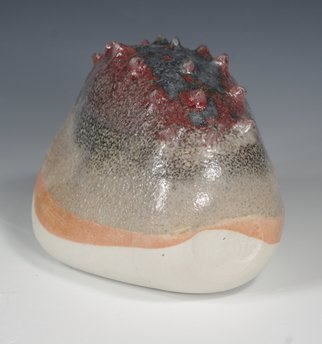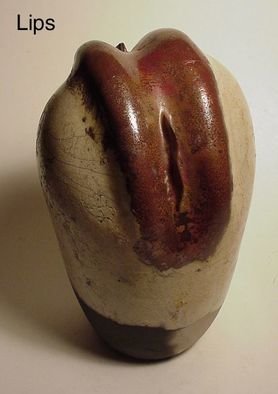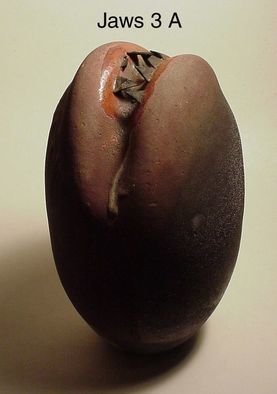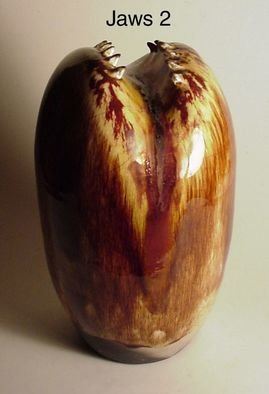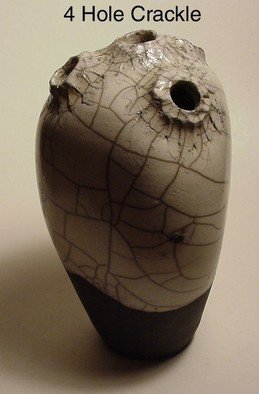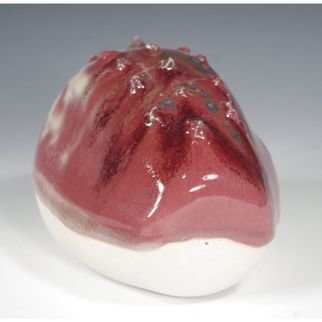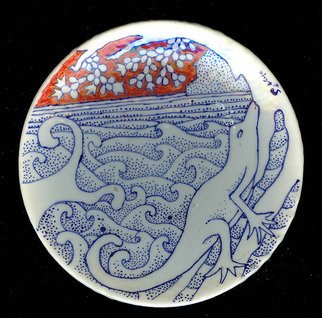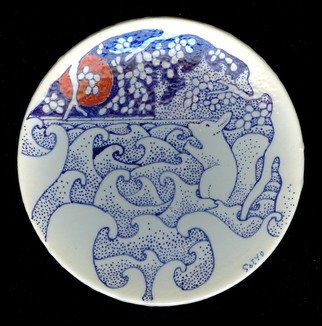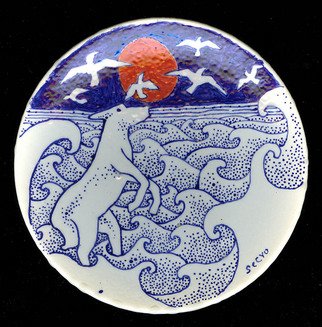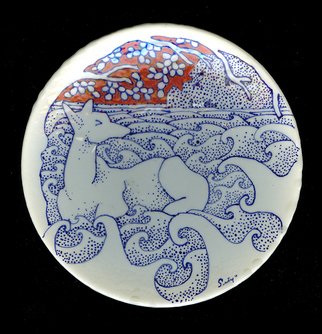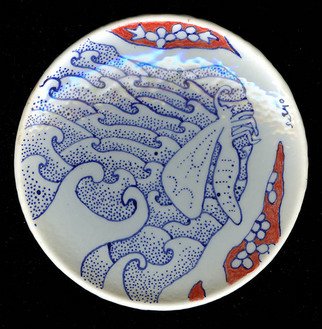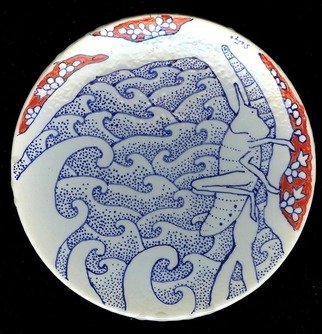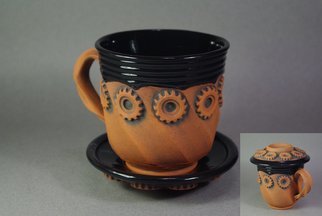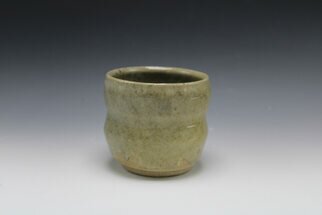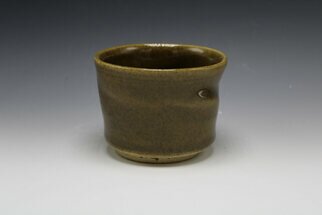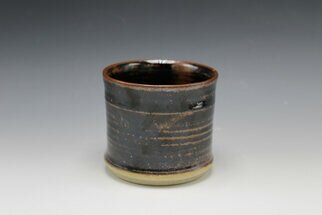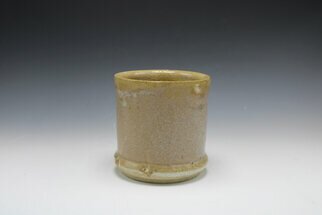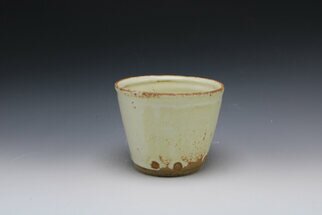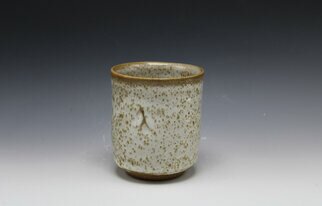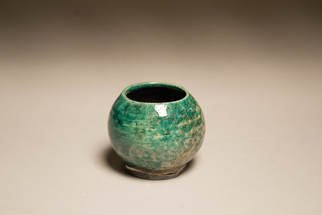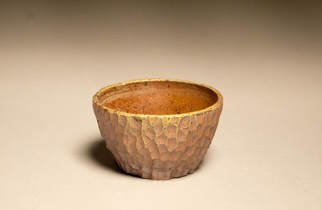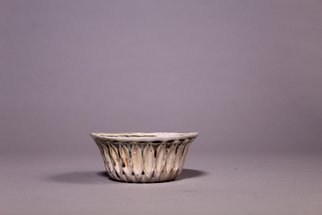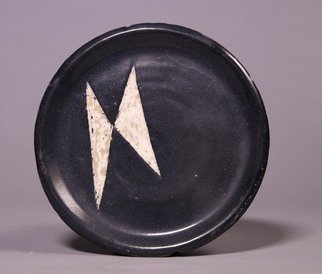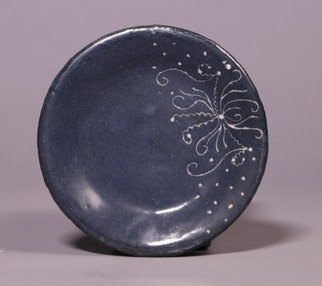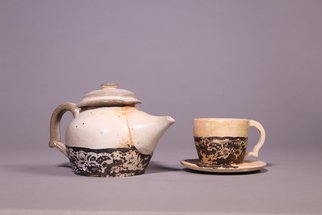Wheel Ceramic Art
Page 1 of 2

Skip Bleecker, Setyo Mardiyantoro, Andrew Tarrant, Alyssa Parsons, Rachel Oswalt, Alex Cavinee offering original Wheel Ceramics artworks.
Setyo Mardiyantoro - Setyo Mardiyatoro was born in Java, Indonesia the 13/04/64 and got a degree in Agricultural technology at the National University of Jember, Indonesia in 1990. In'91 he came to Italy to follow his real vocation which is artistic. At present he lives in Naples where he works as a painter. In his work there is all the history of his experience which has matured in two completely different worlds similar only for their richness and variety of traditional cultures and the production of works of art. The remembrance and the nostalgia for an exuberant nature can be seen in the Italian landscapes which admiration covers with a golden light and which are enriched with stylized birds, the symbol of sentiments and thoughts which they have recalled up. Images of oriental fairy tales, mythological scenes and animals confront one another with the enigmatic faces of western women in thoughtful attitudes. In his first works he is inspired by the technique of Indonesian Batik, where the "tik" is the drop of wax used to leave a point uncolored. In his contact with traditional western art he has found that pointillism is particularly near in it's results to this ...
Alyssa Parsons - As an artist, I am dedicated to creating functional pottery that serves a purpose in everyday life. I am particularly drawn to crafting cups, planters, and bowls, as I believe that these items are essential to any household. Working with clay is an incredibly rewarding experience for me. I love the way it allows me to push beyond my comfort zone and experiment with different forms and shapes. When Im working on the wheel, Im always surprised by the final product, as clay has a mind of its own and often doesnt turn out the way I had envisioned. The glazing process also has a rewarding ending. Glazing consists of different reactions when exposed to high temperatures and even the same glaze can come out differently every time. Yet, this unpredictability is part of what attracts me to the medium. Clay is soft and malleable, and it responds to our touch in a way that few other materials do. When introduced to heat, it transforms into something strong and sturdy, capable of withstanding the rigors of everyday use. This transformation is fascinating to me, and it inspires me to create pieces that are both beautiful and practical. ...
(Page 1 of 2) - MORE ARTWORKS
Artists Describing Their Art:
Skip Bleecker - Art Forms Most of my work consists of wheel thrown porcelain forms based on organic patterns of microscopic and macroscopic organisms. Some are based on seed pods, teeth, pollen, sea animals, squash, and even watermelon, but as the development proceeds, they merge and take on new forms of possible and imaginary organisms. All are hand made, one of a kind pieces, usually done in a series, so there might be some similarity among some pieces, but no two are ever exactly alike. Seed Pods For most of my life, I have been both attracted to and very allergic to, large numbers of trees, grasses, and bushes. I have refused to become trapped indoors just because of these allergies, and as I began to develop my own sculptural forms, I examined both macroscopic and microscopic forms in nature. By examining the form and structure of seeds and other natural objects, I found great beauty in these simple forms, and developed simple organic sculptural designs, based on slightly abstract versions of these natural objects. ...Setyo Mardiyantoro - Setyo Mardiyatoro was born in Java, Indonesia the 13/04/64 and got a degree in Agricultural technology at the National University of Jember, Indonesia in 1990. In'91 he came to Italy to follow his real vocation which is artistic. At present he lives in Naples where he works as a painter. In his work there is all the history of his experience which has matured in two completely different worlds similar only for their richness and variety of traditional cultures and the production of works of art. The remembrance and the nostalgia for an exuberant nature can be seen in the Italian landscapes which admiration covers with a golden light and which are enriched with stylized birds, the symbol of sentiments and thoughts which they have recalled up. Images of oriental fairy tales, mythological scenes and animals confront one another with the enigmatic faces of western women in thoughtful attitudes. In his first works he is inspired by the technique of Indonesian Batik, where the "tik" is the drop of wax used to leave a point uncolored. In his contact with traditional western art he has found that pointillism is particularly near in it's results to this ...
Alyssa Parsons - As an artist, I am dedicated to creating functional pottery that serves a purpose in everyday life. I am particularly drawn to crafting cups, planters, and bowls, as I believe that these items are essential to any household. Working with clay is an incredibly rewarding experience for me. I love the way it allows me to push beyond my comfort zone and experiment with different forms and shapes. When Im working on the wheel, Im always surprised by the final product, as clay has a mind of its own and often doesnt turn out the way I had envisioned. The glazing process also has a rewarding ending. Glazing consists of different reactions when exposed to high temperatures and even the same glaze can come out differently every time. Yet, this unpredictability is part of what attracts me to the medium. Clay is soft and malleable, and it responds to our touch in a way that few other materials do. When introduced to heat, it transforms into something strong and sturdy, capable of withstanding the rigors of everyday use. This transformation is fascinating to me, and it inspires me to create pieces that are both beautiful and practical. ...
